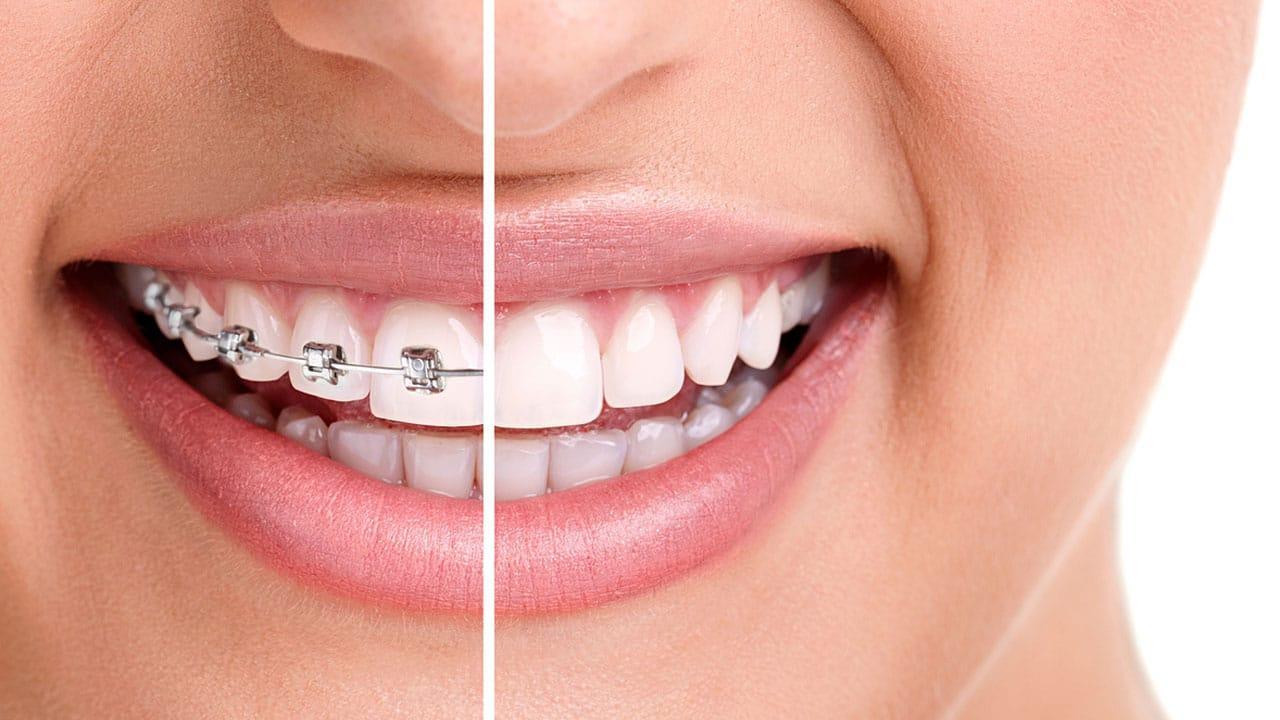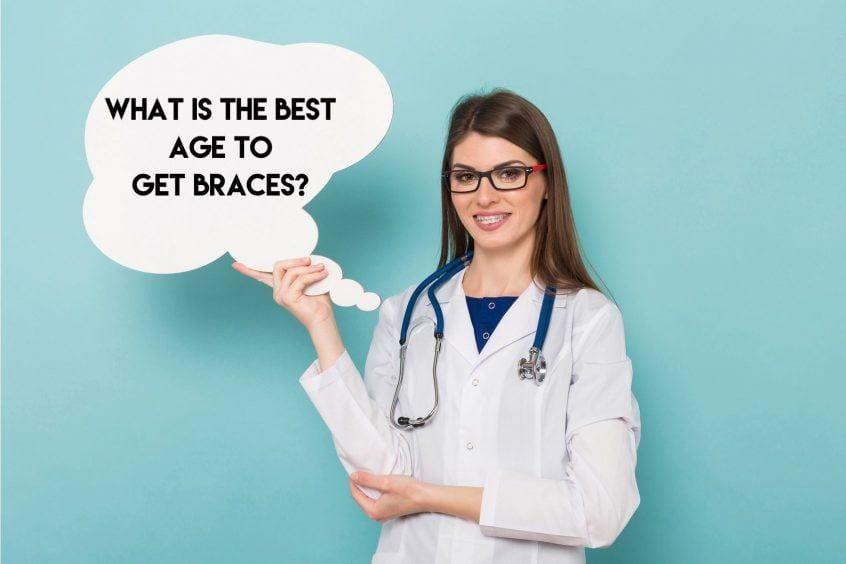Orthodontic Braces
Treatment

Orthodontic Braces Treatment
Orthodontics is a dental specialty that deals with the growth, protection, and treatment of the mouth, chewing, and jaw abnormalities. Orthodontists are also trained in face deformities and jaw issues. You can consult an orthodontist if your dentist refers you to one. Your dentist may recommend orthodontic treatment to enhance the look of your face and teeth as well as your bite.
Dental and oral health care are important in maintaining self-esteem and personality. Crowding, misplaced teeth, and diastema are the most prevalent dental issues. As a result, orthodontics has become a popular therapy since it improves oral health and boosts confidence by having straight teeth.
The Benefits of Orthodontic Treatment
- Improve your personality, since a great smile can make you feel more confident.
- Orthodontics enhances chewing by improving dental occlusion.
- Teeth are positioned to make cleaning simpler, decrease tooth decay, and enhance oral care.
- The orthodontic treatment procedure assists to adjust the facial contour for a balanced facial structure.
- Orthodontics therapy enables people with oral alignment issues to speak and articulate clearly.
The Drawbacks of Orthodontic Treatment
- To assist finish the treatment process, sometimes orthodontics treatments necessitate tooth extraction.
- Oral care might become extra difficult with braces in place during the orthodontic procedure, potentially resulting in tooth decay and poor breath.
- Because of the braces, the patient may speak or pronounce things incorrectly.
- The patient is obliged to inspect their teeth after eating since there might be food in the braces.
- Orthodontic therapy may cause tooth discomfort or minor pain as a consequence of teeth moving due to the force of the elastic band.
- The patient must wear the retainer as advised by the dentist. Failing to comply may result in orthodontic tooth movement, requiring the patient to undergo another orthodontic procedure.

Orthodontic Treatment Procedures
- Set up an appointment with a dental specialist; the dentist will then give extensive information on orthodontics therapy for you to examine and decide on.
- Your skilled dentist will assess the patient by doing a dental examination, tooth kinds, oral health, and an X-ray to check the face structure, jaw, and bone mass to assist tooth alignment and tooth printing. Following the completion of the evaluation, the dentist will refer the patient for additional evaluation to clean the teeth prior to the teeth alignment procedure. Your specialist will suggest instruments that are appropriate for the patient.
- Following cleansing the teeth, the dentist will schedule another appointment with the patient to place braces or begin teeth alignment clearance.
- Having followed that, the dentist will schedule an appointment with the patient to set the instruments; the time required for the patient to schedule an appointment will vary depending on the kind of device. Metal braces, for example, will have tool adjustments every 4-6 weeks. Damon’s tools must be adjusted every 6-8 weeks. The dentist will need to evaluate the instruments for Invisalign every 2-3 months. The session regularity will be determined by each patient’s orthodontic tooth movement.
- The orthodontic tools will be removed by the dentist once the orthodontic treatment has been finished. The patient must wear a retainer and meticulously adhere to the dentist’s recommendations. The length of time the patient must wear the retainer will vary according to the circumstances.
Types of Orthodontic Treatment
The following problems can improve from orthodontic treatment:
- Teeth that are misaligned, crooked, or crowded
- An underbite
- An open bite
- Missing teeth
- Extra teeth
- Jaw misalignment or incorrect position
- Open tooth spacing, including diastema correction
- Teeth that are closely spaced, overlapping, or crowding
- Cross-arch overlapping or crossbite of teeth that are not correct

At what age is it advisable to have braces?
Regardless of age, the technique of moving and correcting tooth alignment is the same. However, a matured mouth must overcome face bones and jaw structures that are already in place. Adults may require more than one form of orthodontic treatment to overcome most forms of bite abnormalities. Across most circumstances, the best age for braces and other orthodontic procedures is between the ages of 10 and 14. Treatment, on the other hand, can benefit people of all ages.
Braces and oral healthcare
While your teeth are in braces, the following steps can help you minimize or lessen any oral health issues:
- Clean your teeth thoroughly after each meal using fluoride toothpaste and a soft-bristled toothbrush, as food might quickly become trapped in the braces. If the bristles are damaged or frayed, a new toothbrush should be purchased every 3 to 4 months.
- Floss every day for both the teeth and the braces. To guide the floss under the wire, you may need to use a floss threader.
- Cleanings should be done by an oral health expert every 6 months, or more frequently if necessary.
- Consume as minimum sugar and starch as possible. Debris from these sorts of meals may degrade into harmful acids. These contribute to tooth decay and the formation of white spots around the braces.
- Avoid hard and sticky foods that could be troublesome to remove from your orthodontic equipment. Hard foods like popcorn, hard candy, nuts, and ice chips fall into this category, as do sticky foods like chewing gum, caramel, and other chewy candies.
CDIC Smiles is a professional dental facility operated by dental experts with a wide range of expertise. We are available to the public, much like traditional dental clinics, and offer all elements of preventative, rehabilitative, and restorative dental treatment. We use many types of braces to treat patients with their bites and dental irregularities.
